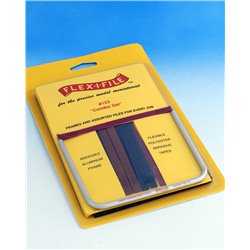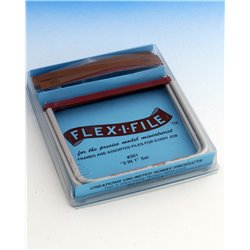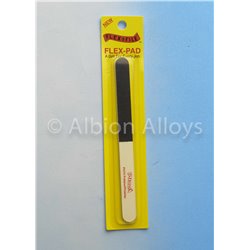Static grass puffer bottles work by manually charging model grass fibres with static electricity. When the charged...
No products
Product successfully added to your shopping cart
There are 0 items in your cart. There is 1 item in your cart.
Search Tips
How do I replicate faded paint on military scale models?
One of the key challenges you'll face as a military vehicle modeller is capturing that faded, worn appearance that real tanks, trucks and armoured fighting vehicles often exhibit after extensive service. Simply painting your models with fresh, vibrant colours straight from the tin is rarely going to look convincing. To achieve a realistic depiction, you must employ advanced weathering and fading techniques.
The first step is to apply a base coat using authentic "scale colours" that match the original paints and camouflage patterns used on the full-size subject you are modelling. Once that base coat is dry, you can delicately mist overtop with a specialised "faded" or "lightened" version of each colour using an airbrush. This replicates how the original paint fades and bleaches under the harsh effects of the elements over time.
Next, you can brush-work artists' oils or enamel washes into locations like panel lines and recesses to simulate built-up grime and discolouration. Acrylic washes thinned with a flow improver medium also work well for systematically fading and tinting down areas like vertical surfaces that receive more sun exposure. Judicious use of a fine abrasive pad or sponge allows you to remove paint from edges and protruding details to replicate chipping and wear.
Don't forget the dry pigments in earth tones for adding streaked discolouration effects resembling runoff stains and dust accumulation on those lower chassis areas. Finally, clear coats like matt varnish, unevenly applied, can recreate the irregular, splotchy appearance of original paint degraded by years of exposure in the harshest operating conditions.
With subtle, restrained fading and weathering methods, you can take a freshly-minted model kit and expertly depict the unmistakable look of a hardworking military vehicle that has served dutifully for decades in the field.
Click here to receive the tips weekly in your mailbox. You can unsubscribe at any time.










